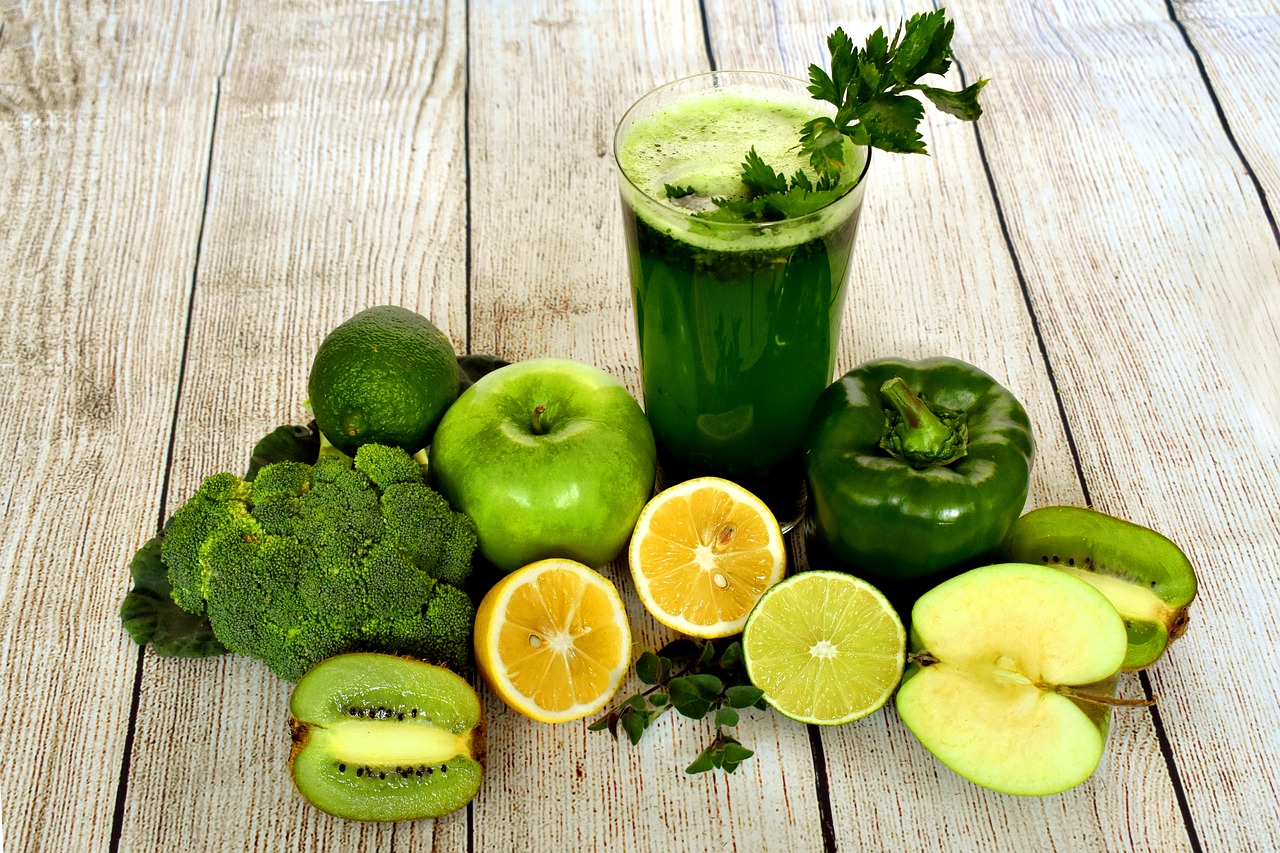
Millet Grass Juice
It is encouraging to see people taking interest in millet grass juice. Just like most fresh green vegetable and grass juices, millet grass juice is alkaline and rich in chlorophyll. Chlorophyll is high in oxygen. The alkaline environment makes it difficult for disease to thrive. These grass juices are super foods as they go right down to the cell to feed, repair, revitalize and restore it. In fact green juices boost the immune system. They are the best detoxifiers and blood purifiers, containing vitamins, minerals, enzymes, trace minerals and even (protein although not in significant amounts) Millet grass, like wheatgrass is especially rich in antioxidants.
The good news is that millet is readily available in most tropical countries and it is catching on fast worldwide. Organic whole millet is the best to use for growing millet grass. Millet grass is as easy to grow as wheatgrass is because the method is almost the same. Millet grass juice is less sweet but has a better taste than wheat grass juice. It takes a few more days to mature than wheatgrass. There are two or three significant differences between growing wheatgrass and growing millet grass, therefore it is vital that you go through the steps below even if you have been growing wheatgrass.
How to grow millet grass
What you need:
- Trays or a protected small plant (nursery) bed or any other suitable container. (some people cut jelly cans as a last resort). But this should be a temporary measure as the materials from which jelly cans are made are likely to be harmful if used for long.
- Millet seeds
- Organic potting mix or organic topsoil (Plant compost is the best). The soil should be light, not too heavy as heavy soil retains too much water which may cause mold. Top soil in your garden, is very good as long as no droppings or animal waste has been damped there.
- Water preferably as a solution with seaweed
- If growing outdoors: net to protect the seeds from preying birds and the grass from animals such as cats, dogs, squirrels, etc.
- Plant food: we use seaweed extract. It is really a matter of choice. There are lots to choose from. Kelp, an organic seaweed plant food, Azomite Powder, etc.
- Watering can
Steps
- Prepare the soil for planting in a growing container for example: growing tray. Don’t use animal manure. Fill the container to about ¾ to leave enough space for your seeds to germinate. Tease your soil and make it as level as possible.
- Mix some water soluble plant food with the water (optional). We use seaweed extract. Follow the manufacturer’s instructions when adding plant food.
- Water the soil. Make sure the water drains well. Millet will not grow if the seeds are soaking in water. If they do happen to grow in water, they will take much longer.
- Place millet seeds on top of watered potting soil. Cover with a tray and leave to sprout. This may take a day or two.
- After sprouting, lightly cover the seeds with a thin layer of potting soil (less than a centimeter) and water lightly. Remember, not soggy, the water should drain.
- Cover with a tray and place in a dark area for 4 days, watering daily. The grown grass is now ready for light.
- Uncover the tray, water the grass with the plant food solution as used before and leave the tray in shade with some sunlight.
- Water daily to keep it moist.
- When the white sheath at the base of the stalk begins to grow a second grass blade, and the millet grass is about 6 -7 inches in height, it is ready for harvest. This is called the branching stage, if it grows beyond this stage the grass will get tough. Cut the grass for juicing using scissors.
- Juice using a wheatgrass juicer as soon as possible after cutting
If possible, cut and juice only what you need. If you cut more than you can use, store the rest in the refrigerator in a covered glass bowl or freezer bag. It can last up to 8 days. But remember the fresh juice is best consumed within 15 minutes to prevent oxidation and nutrient loss
Freezing millet juice:
If you grow more than you can use daily, you can freeze your millet juice. You will need “ice cube freezer bags”. In UK you can get them from most super markets but in the US we buy them from Amazon. The most efficient way is to juice all the millet grass which is ready. Use what you need and freeze the rest in the ice cube freezer bags right away. If you can date these bags it will help you to use them systematically.
Points to remember
Millet grass should be watered at least once every single day as lack of water will reduce or interfere with the nutrients and overall health of the grass cells. In fact if you live in a hot climate or during the hot season, you will need to water twice a day to ensure that your grass is moist all the time.
The best time to water your grass is early in the morning. And if you need to water it a second time do it before the sun goes down. Avoid watering the grass at night as this may cause clogging and mold.
Make sure the water drains well. Millet will not grow if the seeds are soaking in water. If they manage to grow in water, they will take much longer.
Drinking Millet Grass Juice
You can drink the juice neat or mixed with certain fruits. At the moment we feel the best combination is what we have call “Millet Grass Pineapple Juice Cocktail” It is so tasty you will ask for more. This is a combination of ‘millet grass juice mixed with pineapple, apple, ginger and lemon juice” The nutrients in millet grass juice, coupled with the benefits of (pineapple, apple, ginger and lemon) will render a super nourishing juice.
Millet Grass Pineapple Juice Cocktail
- ¼ a small pineapple or 1-2 slices pineapple
- 1 apple
- ¼ inch fresh ginger
- ¼-½ a lemon
- 2 ounces of millet grass juice
Method
- Juice the pineapple (peeled), ginger, apple and lemon in that order. Peel them all if not organic.
- Make your millet grass juice using the wheatgrass juicer.
- Stir them together and drink right away.
You can make the juice once a day for several servings, though it is best to drink it right after juicing. If you kept it in a fridge you may keep the juices separately up to 8 hours.
Fruits contain fructose, a type of sugar, associated with many chronic health problems when consumed in excess. If you are insulin resistant (are overweight, diabetic, or have high cholesterol), restrict the amount of fruit juice you consume a day.



